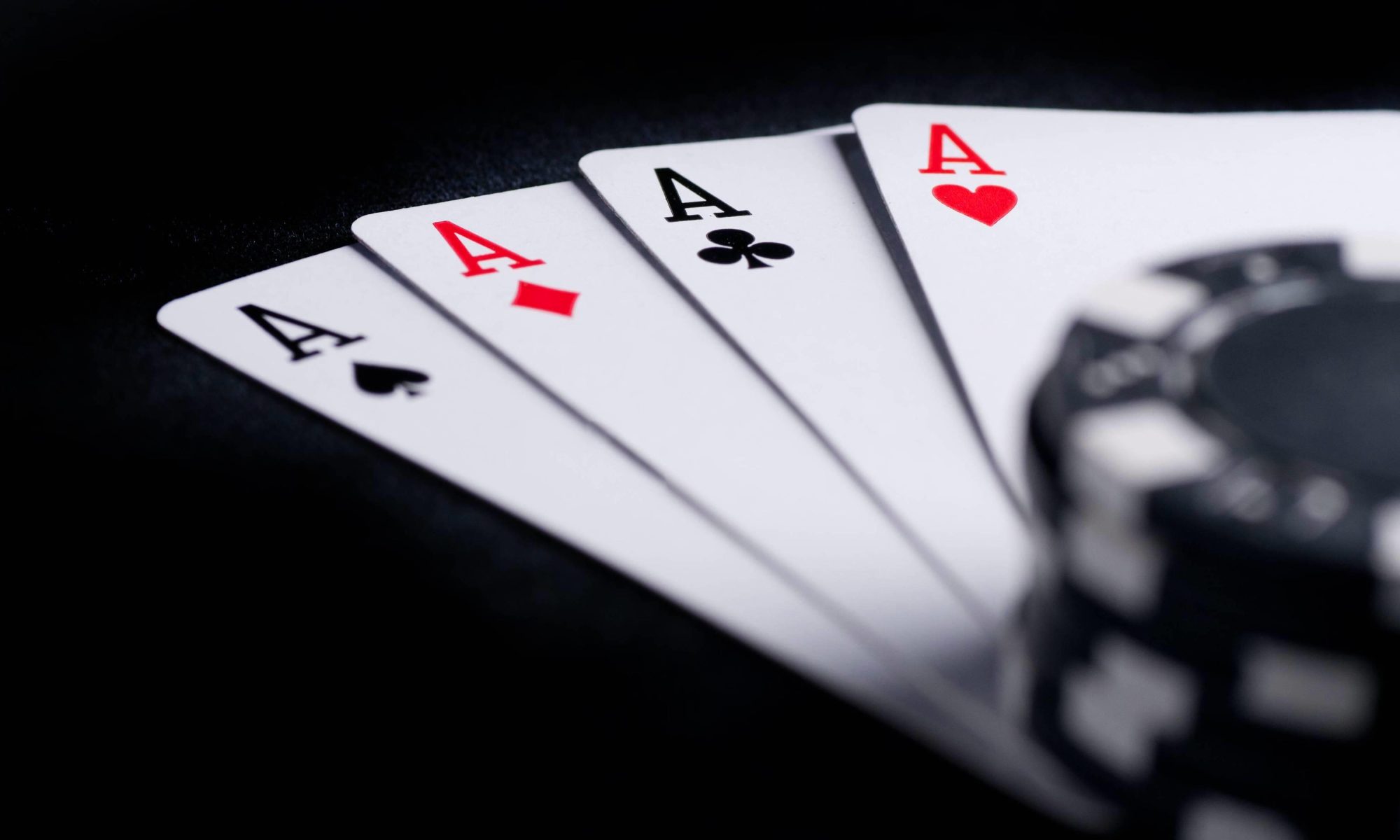The dispenser is only half-functional right now, due the cylinder not moving the card enough with the provided 180 degrees rotation. It does work fine when we manually turn the cylinder to the exit, so we just need to give the cylinder more rotation. We are either going to be using a 360º servo instead or use down-sized gears.
Since using a 360º servo defeats the purpose of using a servo in the first place (as it is now closer to a dc motor instead of a servo), we are leaning towards using compound gears. We already have the stl file ready, so we just need to send it to the fablab to be printed. While that is going on, we can work on other parts (like integration of other hardware parts and the software).
We found out that the shuffler we have does not feed in cards to the dispenser smoothly, so we decided to just remove it from the machine. It can be simply put next to the machine, which will require the users to manually move the shuffled cards to the dispenser, but it will solve many other potential problems, like the center of weight being not uniform.
This gives more space for the dispenser, and most importantly, allows it to be aligned more to the right, as we do not need to care about the shuffler anymore. This will make it easier for the RPI camera module to be connected.
The second change that we are considering is that instead of motion detection to detect fold, we might want to use FSR to detect check and fold by distinguishing between double tap (check) and a longer push (fold).


The machine body is almost fully functional. We just need to make a slight fix to the dispenser, and it will work as we expected.
Validation:
For validation of the ACE machine, we haven’t run any tests specifically for its entirety.
We will check that player experience in automation feels as seamless as possible. The parts that could be automated should work on their own without the need of human touch.
We will conduct beta tests with a few people to see if they feel like the machine does a good job of replacing human dealers to a reasonable extent.





